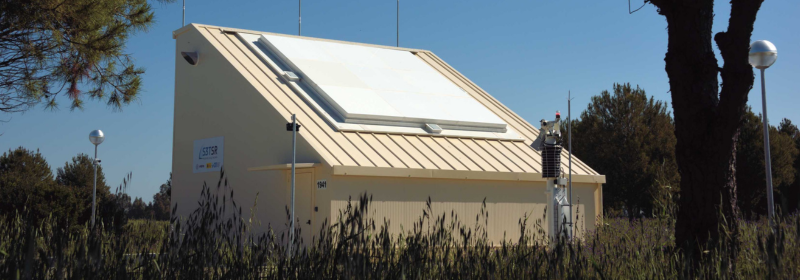- Evolucionará el radar de vigilancia espacial S3TSR para mejorar la detección de objetos en órbitas bajas (LEO) con mayor precisión e incrementar la protección de satélites o activos espaciales
- Como socio tecnológico clave de la ESA, Indra Group desarrollará un avanzado equipo para que los satélites reciban las señales de Galileo con alta fiabilidad y mejor el posicionamiento, la navegación y la sincronización tanto en el espacio como en la Tierra
- Luis Mayo, director de Indra Space, ha firmado estos contratos durante el acto de celebración del 50 aniversario de la ESA, al que también ha acudido
- El CEO de Indra, José Vicente de los Mozos, ha puesto en valor que el espacio y sus sinergias con la defensa son una prioridad estratégica para Indra Group y claves para la autonomía estratégica de Europa

Indra Group is strengthening its collaboration with the European Space Agency (ESA) through two new contracts that will reinforce Spain’s and Europe’s position in space surveillance and satellite navigation. The agreements were signed at the European Space Astronomy Centre (ESAC) in Villanueva de la Cañada during ESA’s 50th anniversary celebration.
Indra Group CEO José Vicente de los Mozos emphasized that “as part of the company’s commitment to ensuring the security of all citizens, space and its synergies with defence are a strategic priority for Indra Group. Together with ESA, we will continue advancing along this decisive path to strengthen Europe’s security and strategic autonomy in the space domain”.
The first contract covers the upgrade of the S3TSR space surveillance radar to its V2 version. The S3TSR is one of the most advanced systems in Europe and the world, owned by the Spanish Ministry of Defence and forming part of the S3T space surveillance and tracking system. This dualuse system is a key element of the Spanish contribution to the European Space Situational Awareness System (EU SST), dedicated to detecting and monitoring objects in low Earth orbit.
This upgraded version will significantly enhance current capabilities, enabling the radar todetect a metal sphere with a diameter of up to 44 centimetres at a distance of approximately 1,000 kilometres. Its modernisation will improve the protection of European satellites and space assets from unintentional accidental threats, such as space debris, and intentional threats, including satellites approaching with with hostile purposes such as interference, damage or espionage on military assets.
More resilient and safer satellite navigation
Indra Group has also signed a contract for the LEO PNT ODTS+ project, part of ESA’s NAVISP (Navigation Innovation and Support Programme), to advance the development of an electronic navigation receiver for low Earth orbit (LEO) satellites. The receiver will acquire and process high-precision Galileo signals to enhance positioning, navigation and timing (PNT) performance and synchronisation in space and on Earth. This will enable Indra Group to contribute to more accurate, reliable and resilient PNT services supporting key sectors such as transport, communications and infrastructure management.
With these new contracts, Indra Group strengthens its collaboration with ESA and consolidates its position as a leading supplier of advanced space technologies applied to defence. These initiatives reinforce Spain’s and Europe’s technological sovereignty through the development of next-generation capabilities in the space domain.
Indra Space, Indra Group is becoming one of Europe’s leading players in the space sector, with the ability to cover the entire value chain of space projects, from mission design to satellite development and manufacturing, ground segment design and deployment and mission operations.